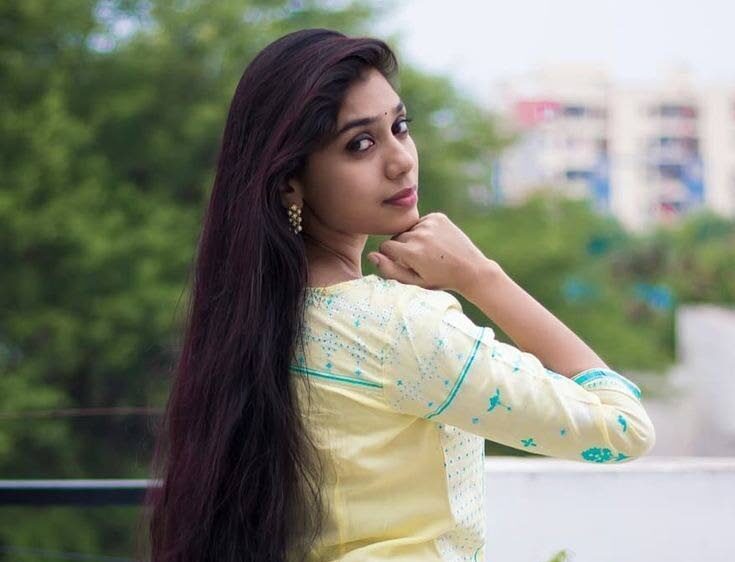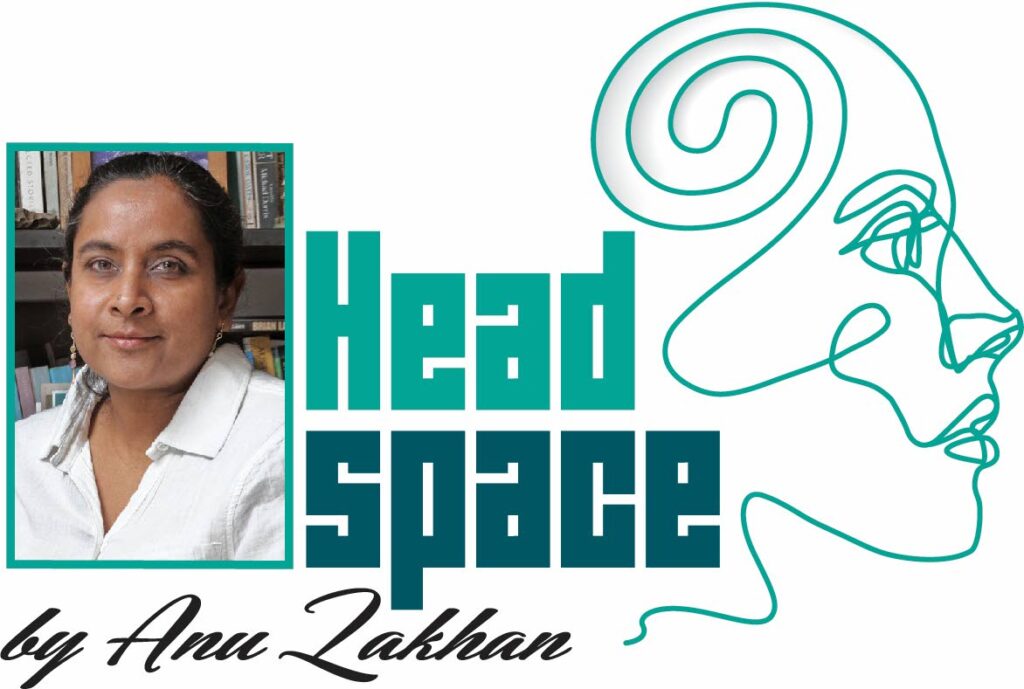Hair: there and everywhere

Let’s say you got up one day and decided that what you really needed to do more than anything was a bit of rousing research on Indian hair.
Even with the most pointedly phrased search questions you will be overwhelmed by sites telling you where to buy it, why to buy it and why it’s the best kind to buy.
If you are of Indian descent and in possession of some hair, it makes you want to get a pair of scissors and put that mane on eBay post haste.
I have masses and masses of hair. I’m feeling very money.
But also concerned. Had I been interested in how the hair of Indians in India is perceived, I might have luxuriated in three, maybe four articles about long vs short, straight vs curly, virgin vs coloured/treated. (Long, straight, virgin all win.) Maybe if I’d been searching in Hindi I’d have found even more.
But that’s the point: what I was really looking for were discussions about perceptions of the hair of people of the Indo-Caribbean diaspora. Only after getting the biggest Google and academic research meggies did I open the gates wider. Well, world, what else you got?
This all started with a problem as old as I. It’s older, but let’s not let that get in the way of my issues.
Up to the ridiculous age of 16, for reasons my puny brain could not fathom, my father (a man with a significant amount of hair of his own) had a say as to what I did with my hair.
What that long sentence means is my father wouldn’t let me cut my hair.
By 16, my hair was hip-length. You do not know the meaning of uncool until you try to go to a rock concert in the mid-90s in the world’s most enviable military jacket and that hair. I wanted a buzz cut like I wanted air.
Why was the father allowed to have power over my hair? Was dominion over his own not enough?
I was a very average student and the hair issue proves it. The idea of cultural influence never once occurred to me. I was stubborn and own-way and had posters of bodybuilders in my room. Clearly, this was his revenge.
Curiouser still, I never put God out of my thoughts and a blade in my hand and simply sawed it all off. Somehow, I knew this was a thing I could not do. I lived with some other fairly arbitrary rules and tried to break as many as possible. But not this one.
The handful of runes I managed to gather on how Indian hair is seen in India and the diaspora told me more or less what I learned over the years and what all of you who are not as dense as I already know.
It is the crowning beauty of a woman. It shows respect for traditional values. Pin-straight, jet black, unmolested hair is best.
Of all the things. It’s too funny. I’ve balked at so many things, and yet nature, in her infinite mystery and humour, gave me the hair of all hairs.

The Indian film and advertising industries do their bit to ensure the old guard is maintained. I read about models and actors missing opportunities because their hair was curly. Famous women, in-demand leading ladies who must keep their hair long lest they be cast out, or worse, not cast at all.
India is a pretty big place and has no shortage of diversity.
But not according to Bollywood. There, your hair is straight, your nose is straight and you’re fair and flawless. I know people who don’t watch Telugu films because the dark-skinned, curly-haired actors are an abomination unto them.
We inherited some good food, excellent clothes and oh-my-stars amazing jewellery. Did we have to hold on to this hair fetish? Mine is a reasonably religious background, but I have no recollection of God saying, “Thou shalt have long hair.”
Other reading, again tied to the sub-continent, says that short or coloured hair brands you a rebel, gay or (gasp) an academic.
I did not imagine I was inventing a new way to turn the wheel when I set off to find out about people with hair like mine or experiences like mine. I live in the Caribbean and I’ve spent a lifetime exposed to the conversations about African hair.
African or mixed-African hair, whether it resides here, in the US or UK, in the Arctic or in movies is discussed. It is written about, debated, analysed. There are poems and novels and memes.
There is a language around it – things some people can say and others can’t. And there is some of the most beautiful art – from photography to pencil drawings – deconstructing, reinterpreting and sharing its meaning.
Perhaps the most enlightening piece of information I came across (partly from an academic and a bit dragged from something I read) is that the case of the hair of the Indo-Caribbean woman is not irrelevant, but it has been largely eclipsed by the scholarship on African hair.
Both my parents had joyfully riotous curls, while four out of seven pickney had straight hair. Recently, I spoke to a friend who also has thick curls and Indianness. She told me that when she was a child, walking hand-in-hand with her mother, more than once – how to say this? – her mother’s virtue was called into question because of the dougla-looking hair of her daughter.
My power struggle with my father ended at my mother’s hands.
I’d been wailing and begging to cut my hair for as long as I knew I had hair. We were on vacation and I was being a teenage monster, as usual. It’s as if she saved up a kind of no-nonsense dignity and poise for situations like this.
“If you’re going to do this, do it right,” she said.
She took me to the most luxe salon I’d ever been to (or since). They washed and worked my hair into a gorgeous cascadura braid.
Then they cut it. To my shoulders. I loved everything about it.
We walked out into an open square and I kept thinking leaves were falling on me. I’d never felt the ends of my hair so close to my face before.

Comments
"Hair: there and everywhere"